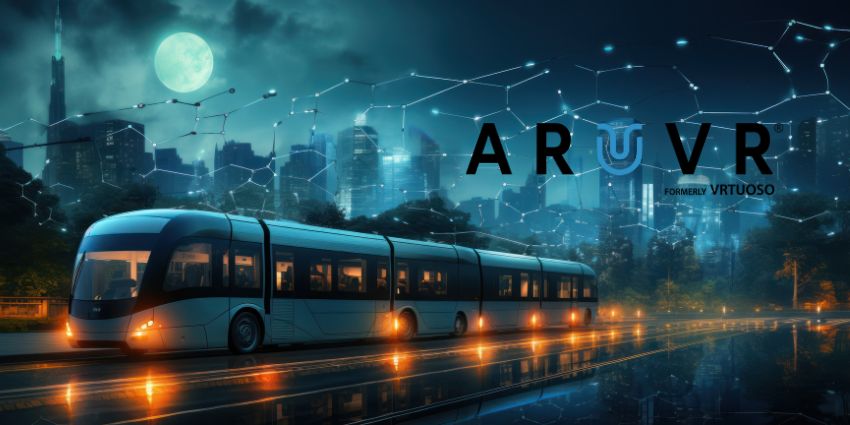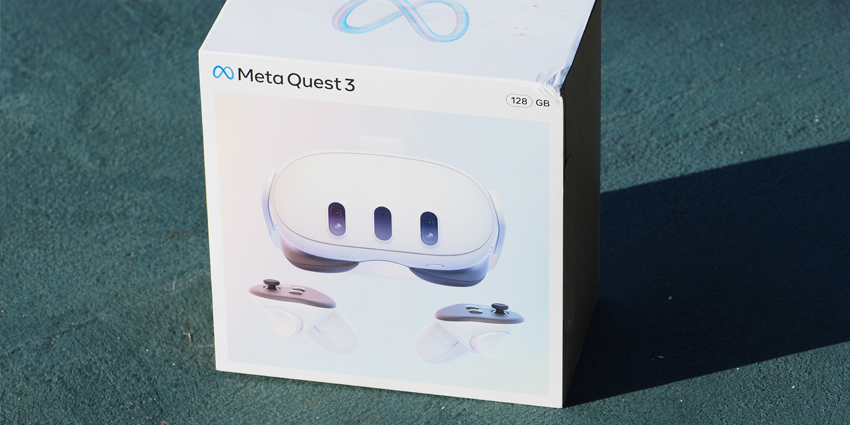Nick Roseth, the Founder of Explore Design and Minneapolis VR/AR Association Chapter President, recently spoke to XR Today to discuss emerging technologies in enterprise environments. Moreover, Roseth spoke on how businesses can approach XR and genAI in data-sensitive sectors.
GenAI and XR will work in unison to create solutions to change workflows completely. However, it is early days, and the world is learning about this technology as it emerges.
Roseth joined XR Today following his presence at the IVHA International VR Healthcare Association conference in Tampa, Florida, where several emerging technology start-ups showed up to highlight how XR and AI solutions are changing workflows.
Roseth noted there is a “tonne” of interest in the healthcare space with XR. He added that healthcare is “one of the big bright spots in the XR industry; there’s so much going on there. So it was really exciting to see all the people, all of the companies, all of the ideas that were going around there – seems like a lot of momentum.”
Roseth also noted that XR could help in three key ways in terms of the visual aspects of healthcare workflows, noting that assistive technology is a great example of how XR and AI could be considered in the healthcare sector, “anything that can help surgeons, for instance, in operating theatres or during the planning for surgical aspects,” he remarked.
He added:
Another is training and education, which are definitely big drivers in the healthcare space in that you can create and customise any situation in a virtual environment. So, this is very helpful for training doctors on specific procedures or helping patients understand what will happen in a post-surgical situation. Finally, the patient experience is where you can get patients and participants into an immersive experience, whether AR or VR, to deliver a form of treatment.
GenAI and the Impact on Enterprise
Alongside XR – or spatial computing, depending on one’s chosen terminology – is genAI, an equally emerging technology taking the business world by storm.
Roseth noted that solutions like ChatGPT only came out roughly a year ago, with increasingly impressive consumer solutions emerging since ChatGPT’s debut, “AI is going to change workflows; it is both fairly straightforward and incredibly complex.”
Roseth added:
GenAI is going to allow us to scale ideas and creativity. – With GenAI, it’s ability to create thousands if not millions of solutions in a fairly short amount of time. It’s pretty powerful and we’re already seeing a lot of examples of where that’s helping, both in the optimisation aspects and then in the scalability of ideas and creativity.
Approaching Data Sensitive Sectors
XR and genAI are potent tools for businesses. However, both technologies leverage a lot of sensitive data to ensure operational success.
While emerging technology can significantly benefit new users in data-sensitive sectors, it also brings several new challenges that forward-thinking companies and individuals are helping to solve. Solving these problems, therefore, leads to broader adoption of XR hardware and software.
Roseth noted:
One of the challenges is that people have to go all the way back to the fundamentals, and you need to have the right data in the right place to really do something with and leverage these types of technologies.
He added that spatial computing solutions leverage many outward-facing tracking cameras that record a user’s work environment.
Roseth also explained:
There is a tonne of data coming off the cameras; that data needs to make its way to a facility or place where we can actually do something with that data. So, I think that security, a pipeline, and proper storage of data are big aspects. But, it also needs to tie back to a strategy of what we can do with it.
On the other hand, genAI in a HIPAA-compliant space must also comply with ethical standards, and an end-user must consider the ramifications of using emerging technologies in data-sensitive spaces.
Roseth added:
What are the implications of trying to connect AI to existing systems like electronic medical records? – When approaching this even up to including some of the headsets themselves, healthcare and other industries where data privacy is a big deal, and when you have social media companies that own these, that certainly becomes a problem for them, when you have a potential data privacy issue.
Speaking on new firms entering the XR space, Roseth explained how these firms – such as Apple – hold a “big potential” within data-sensitive industries thanks to a business/consumer electronics background and approach over a social media background.
He also added:
I think the industry needs to take a step back and reevaluate what it’s doing, leverage these and incorporate them and re-analyse those [XR] platforms or those rules to upgrade them for 2024. Because that is certainly one of the potential areas that will hold back some awesome solutions that can push any industry forward, it is to make sure that we’re revising some of these outdated philosophies around some of these things to push us all forward.
The Future of GenAI and XR
GenAI and XR appear to be on a parallel journey. Increasingly, XR hardware and software vendors are introducing AI into XR products. Moreover, Microsoft and Meta speak highly of AI’s ability to boost XR solutions. Roseth also reinforced this idea, stating, “If you look at the Apple Vision Pro, how much AI is used in that, particularly machine learning, and its ability to recognise your hands and eyes.”
He also noted how the AI umbrella, in all its forms, is already integrated into general XR devices from top to bottom, and he said, “I think that relationship is super important.”
Roseth explained:
That overlap of AI and XR is super important, but a lot of that is already integrated with machine learning tools. GenAI specifically opens up a whole new world of possibilities in the capability of creating content.
According to Roseth, two of the big drivers of scalability in the XR space comes down to hardware and then the XR content. – XR content creation has traditionally been relatively expensive because 3D content is expensive to create and maintain;- GenAI is going to help reduce some of the costs associated with creating XR content.







